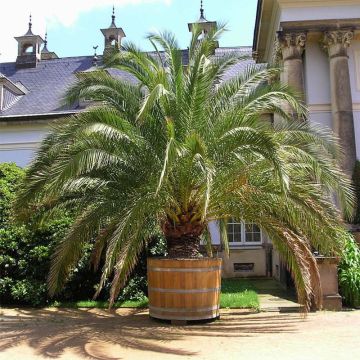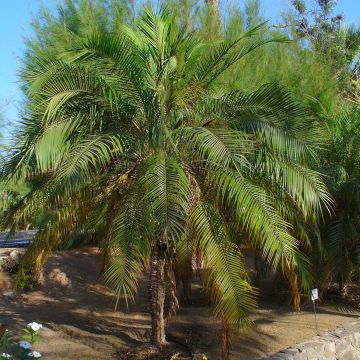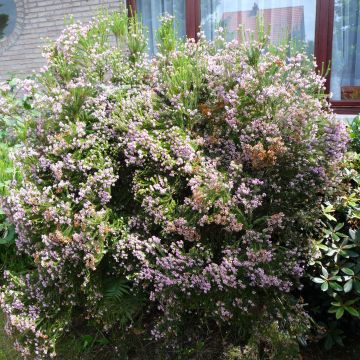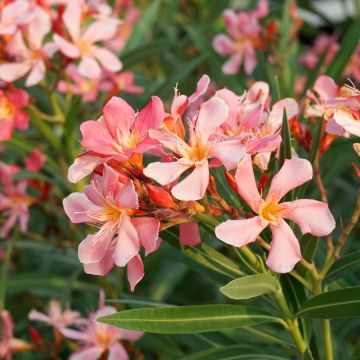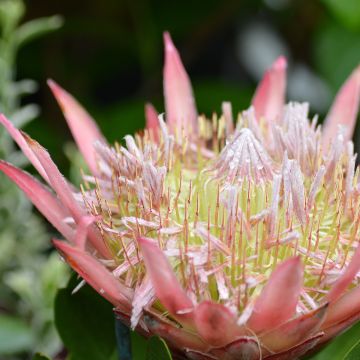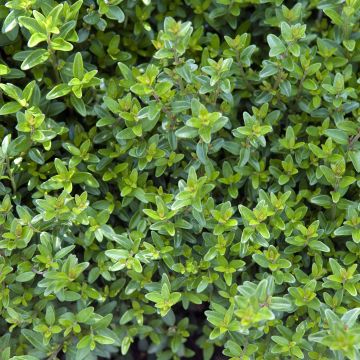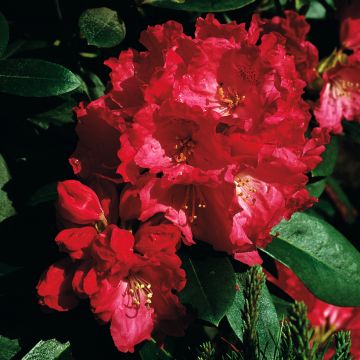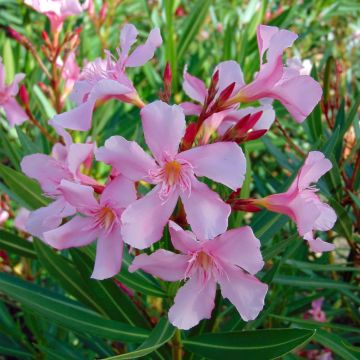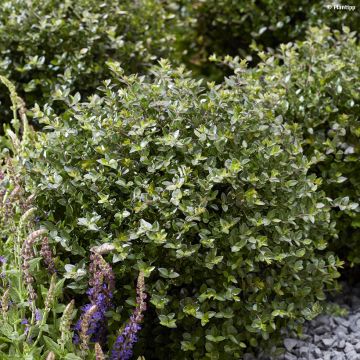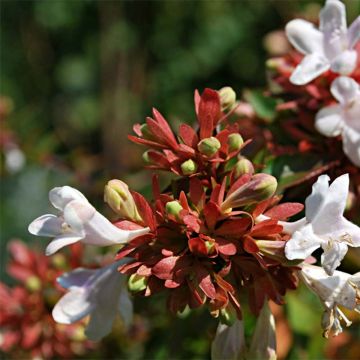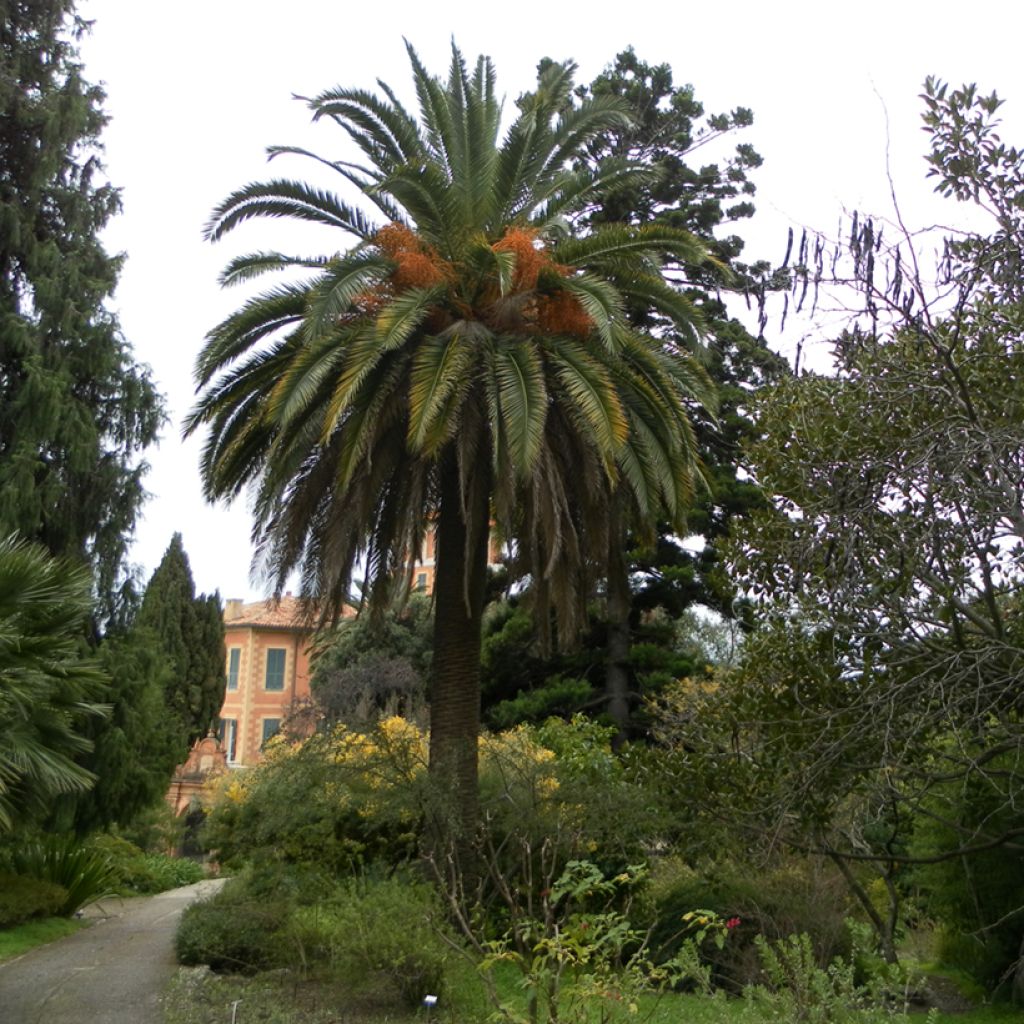

Phoenix canariensis seeds- Canary Island Date Palm
Phoenix canariensis seeds- Canary Island Date Palm
Phoenix canariensis
Canary Island Date Palm
This item cannot be shipped to the selected country
Dispatch by letter from €3.90
Delivery to Corse prohibited
More information
Schedule delivery date,
and select date in basket
This plant carries a 6 months recovery warranty
More information
We guarantee the quality of our plants for a full growing cycle, and will replace at our expense any plant that fails to recover under normal climatic and planting conditions.
Seed-only orders are dispatched by sealed envelope. The delivery charge for seed-only orders is €3.90.
Delivery to Corse prohibited: UE law prohibits the import of this plant from mainland France to Corse as part of the fight against Xylella fastidiosa. Please accept our sincere apologies.
More information
Does this plant fit my garden?
Set up your Plantfit profile →
Description
Phoenix canariensis, also known as the Canary Island Date Palm, is one of the most extensively planted palms in all regions of the world. With a strong and upright trunk, topped by a magnificent cluster of gracefully arching fronds impeccably arranged in a spherical crown, it captivates with its majestic habit, perfect aesthetics, and silhouette that perfectly corresponds to the ideal of a palm tree. It grows rapidly in fertile and moist soil, tolerates drought and cold temperatures down to -7° C (19.4° F), can withstand acidic or alkaline soils, partial shade, and sea spray.
Phoenix canariensis belongs to the large family of Arecaceae. It is native, as its name indicates, to the Canary Islands. A botanical symbol of its native islands, it has since become emblematic of Mediterranean landscapes, or rather neo-Mediterranean landscapes. The Canary Island Date Palm is a tree species from the subtropical forests of the archipelago, located between 300 m and 500 m (984.3 ft to 1640.4 ft) in altitude on the north slope and between 500 m to 1000m (1640.4 ft to 3280.8 ft) in altitude on the south slope. It has become quite rare, due to human pressure on its natural habitat, and has been forced to take refuge in areas that are less accessible to tourist activities.
It produces a single trunk, called the stipe, which is tinted with brown or grey, and covered with scales that are remnants of the old petioles. It can reach a height of 15 m (49.2 ft) with a diameter of 60 cm (23.6 in) in open ground. At the top of this stipe, a crown composed of more than 150 large palmate leaves, called fronds, develops. Each leaf, which can reach a length of 5 m (16.4 ft), is slightly drooping and carried by a long petiole bordered with spines. It is composed of narrow, plicate, tough, and rigid pinnules, of a deep and vivid green colour. Flowering occurs in summer, in the form of inflorescences that appear between the leaves, with a different appearance depending on whether they are male or female specimens. Male inflorescences are shorter and somewhat reminiscent of brooms. Female inflorescences are long, pendulous, and adorned with small yellow flowers. These small flowers are followed by non-edible but decorative fruits, shaped like acorns, yellow-orange and then brownish at maturity. Each fruit contains an elongated seed with a furrow, similar to dates.
Phoenix canariensis is a magnificent palm tree, to be planted either alone on a lawn or in rows in mild climates, including coastal areas. It requires space to fully reveal its beauty and grows quickly if it does not lack water or nutrients. It is becoming increasingly popular among landscaping professionals as well as amateur gardeners who appreciate exotic but hardy plants. It can sometimes be challenging to grow it alongside other plants. Reserve a corner of a pool for it and plant small evergreen shrubs like bushy sage, teucrium, and single-flowered varieties. For exotic borders, plant it with colourful Phormiums, precise and geometric agaves, the almost metallic Astelia chathamica, the orange-coloured Hakonechloa macra 'Aureola' in autumn, and the violet and delicate Verbena bonariensis.
Report an error about the product description
Flowering
Foliage
Plant habit
Botanical data
Phoenix
canariensis
Arecaceae
Canary Island Date Palm
Mediterranean
Other Phoenix
Planting and care
This palm tree shows fairly rapid growth, especially when regularly watered in a warm climate. It requires sun and heat, which will promote faster growth. Plant the Canary Island Date Palm in the ground in mild climates, or in a very large pot to overwinter in other regions. Phoenix canariensis, capable of withstanding short frosts of around -7° C (19.4° F), or even -10° C (14° F), should be protected in case of severe cold, by tying the crown of leaves tightly enough to protect the heart of the plant. Plant it in the sun, in ordinary but well-worked soil, well loosened and well-drained, even poor and dry on the surface. It is indifferent to the nature of the soil, but shows a preference for deep and light soils. It tolerates drought once established. The ideal is to plant it in soil that retains little water: a balanced mixture of coarse sand, compost, and garden soil. Plant it in a sunny location and protect it from cold and dry winds. Water regularly for the first 3 years, especially if the summer is dry. Easy to grow, it requires little maintenance except for pruning the oldest leaves close to the stem.
Large palm trees are victims of parasites such as the dreaded and widespread Paysandisia archon worm, a large moth that is prevalent in England. Specific treatments are now available as a preventive measure. It is also susceptible to the red palm weevil (Rhynchophorus ferrugineus). The symptoms of attack are as follows: cut, dried, or yellowing fronds. These pests attack numerous palm species, with a fatal outcome: the leaves irreversibly and completely dry out as soon as the heart of the stem harbours larvae.
Propagation: by sowing fresh seeds that germinate fairly quickly, sometimes a few days after sowing, usually within 1 to 2 months. The young plants develop slowly during the first three years and then growth accelerates (this is the rule for most palm trees), especially in fertile and moist soil.
Sowing period
Intended location
This item has not been reviewed yet - be the first to leave a review about it.
Evergreen shrubs
Haven't found what you were looking for?
Hardiness is the lowest winter temperature a plant can endure without suffering serious damage or even dying. However, hardiness is affected by location (a sheltered area, such as a patio), protection (winter cover) and soil type (hardiness is improved by well-drained soil).

Photo Sharing Terms & Conditions
In order to encourage gardeners to interact and share their experiences, Promesse de fleurs offers various media enabling content to be uploaded onto its Site - in particular via the ‘Photo sharing’ module.
The User agrees to refrain from:
- Posting any content that is illegal, prejudicial, insulting, racist, inciteful to hatred, revisionist, contrary to public decency, that infringes on privacy or on the privacy rights of third parties, in particular the publicity rights of persons and goods, intellectual property rights, or the right to privacy.
- Submitting content on behalf of a third party;
- Impersonate the identity of a third party and/or publish any personal information about a third party;
In general, the User undertakes to refrain from any unethical behaviour.
All Content (in particular text, comments, files, images, photos, videos, creative works, etc.), which may be subject to property or intellectual property rights, image or other private rights, shall remain the property of the User, subject to the limited rights granted by the terms of the licence granted by Promesse de fleurs as stated below. Users are at liberty to publish or not to publish such Content on the Site, notably via the ‘Photo Sharing’ facility, and accept that this Content shall be made public and freely accessible, notably on the Internet.
Users further acknowledge, undertake to have ,and guarantee that they hold all necessary rights and permissions to publish such material on the Site, in particular with regard to the legislation in force pertaining to any privacy, property, intellectual property, image, or contractual rights, or rights of any other nature. By publishing such Content on the Site, Users acknowledge accepting full liability as publishers of the Content within the meaning of the law, and grant Promesse de fleurs, free of charge, an inclusive, worldwide licence for the said Content for the entire duration of its publication, including all reproduction, representation, up/downloading, displaying, performing, transmission, and storage rights.
Users also grant permission for their name to be linked to the Content and accept that this link may not always be made available.
By engaging in posting material, Users consent to their Content becoming automatically accessible on the Internet, in particular on other sites and/or blogs and/or web pages of the Promesse de fleurs site, including in particular social pages and the Promesse de fleurs catalogue.
Users may secure the removal of entrusted content free of charge by issuing a simple request via our contact form.
The flowering period indicated on our website applies to countries and regions located in USDA zone 8 (France, the United Kingdom, Ireland, the Netherlands, etc.)
It will vary according to where you live:
- In zones 9 to 10 (Italy, Spain, Greece, etc.), flowering will occur about 2 to 4 weeks earlier.
- In zones 6 to 7 (Germany, Poland, Slovenia, and lower mountainous regions), flowering will be delayed by 2 to 3 weeks.
- In zone 5 (Central Europe, Scandinavia), blooming will be delayed by 3 to 5 weeks.
In temperate climates, pruning of spring-flowering shrubs (forsythia, spireas, etc.) should be done just after flowering.
Pruning of summer-flowering shrubs (Indian Lilac, Perovskia, etc.) can be done in winter or spring.
In cold regions as well as with frost-sensitive plants, avoid pruning too early when severe frosts may still occur.
The planting period indicated on our website applies to countries and regions located in USDA zone 8 (France, United Kingdom, Ireland, Netherlands).
It will vary according to where you live:
- In Mediterranean zones (Marseille, Madrid, Milan, etc.), autumn and winter are the best planting periods.
- In continental zones (Strasbourg, Munich, Vienna, etc.), delay planting by 2 to 3 weeks in spring and bring it forward by 2 to 4 weeks in autumn.
- In mountainous regions (the Alps, Pyrenees, Carpathians, etc.), it is best to plant in late spring (May-June) or late summer (August-September).
The harvesting period indicated on our website applies to countries and regions in USDA zone 8 (France, England, Ireland, the Netherlands).
In colder areas (Scandinavia, Poland, Austria...) fruit and vegetable harvests are likely to be delayed by 3-4 weeks.
In warmer areas (Italy, Spain, Greece, etc.), harvesting will probably take place earlier, depending on weather conditions.
The sowing periods indicated on our website apply to countries and regions within USDA Zone 8 (France, UK, Ireland, Netherlands).
In colder areas (Scandinavia, Poland, Austria...), delay any outdoor sowing by 3-4 weeks, or sow under glass.
In warmer climes (Italy, Spain, Greece, etc.), bring outdoor sowing forward by a few weeks.

































